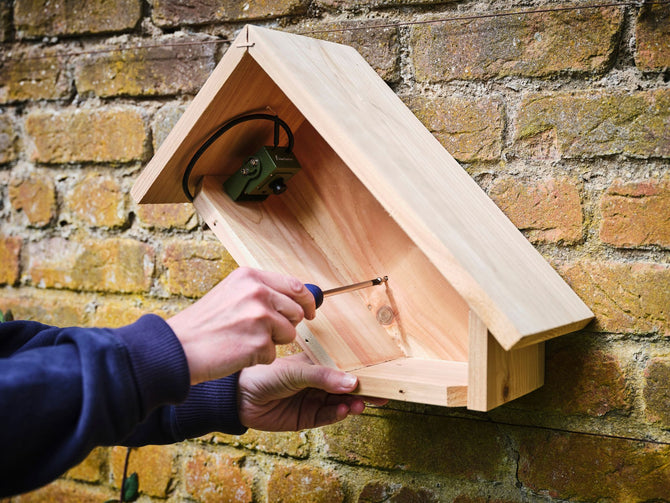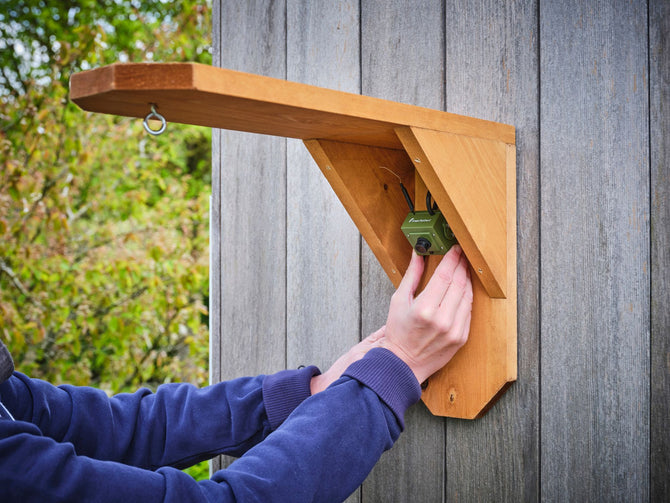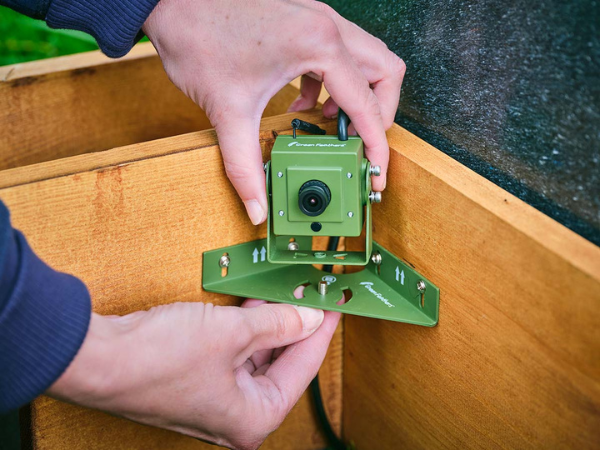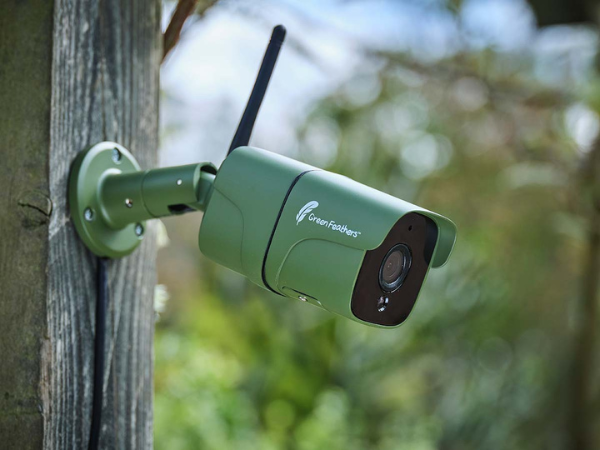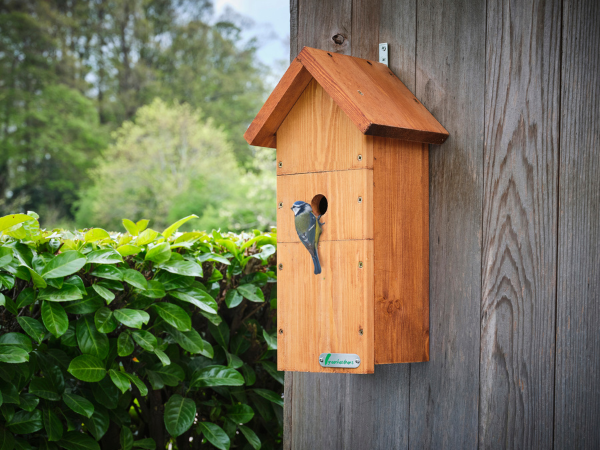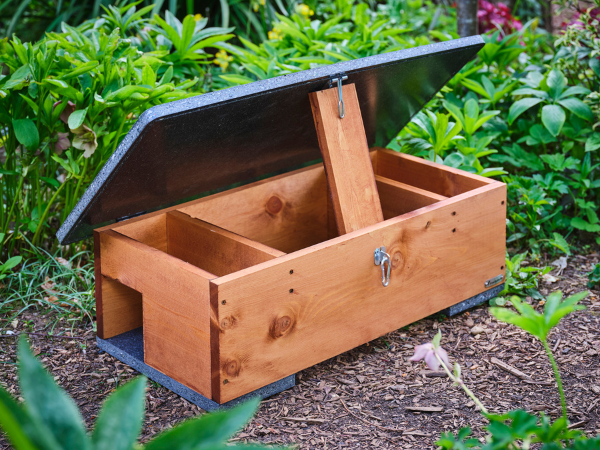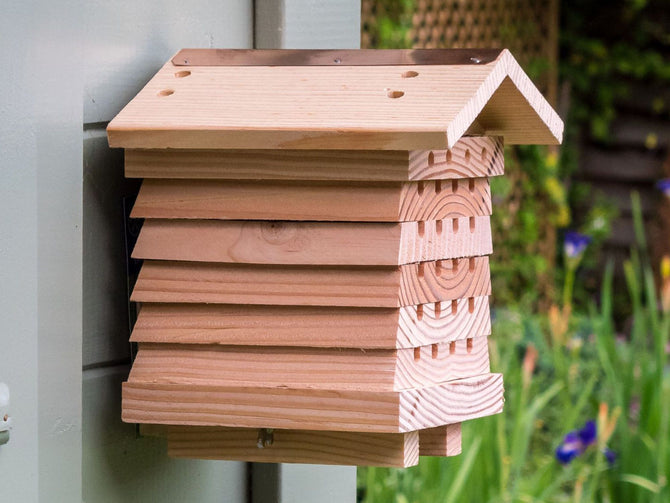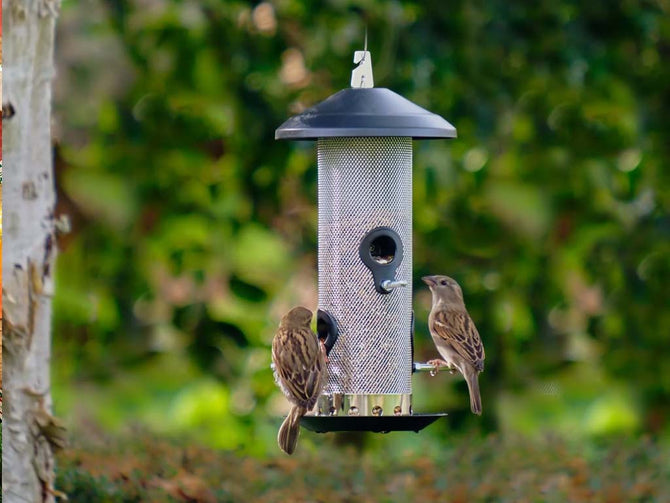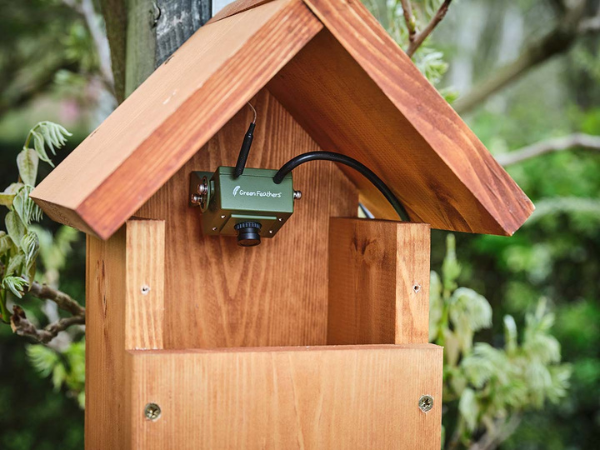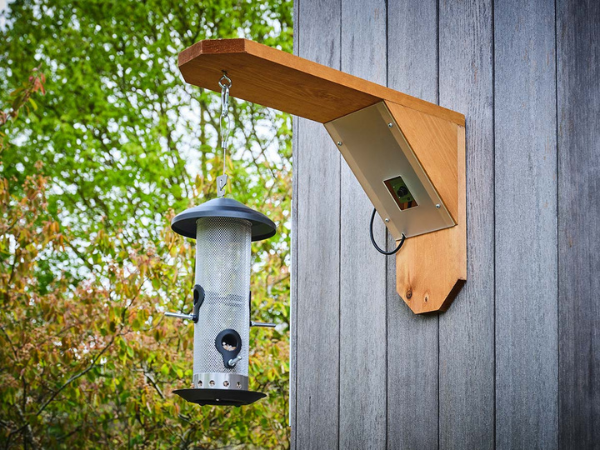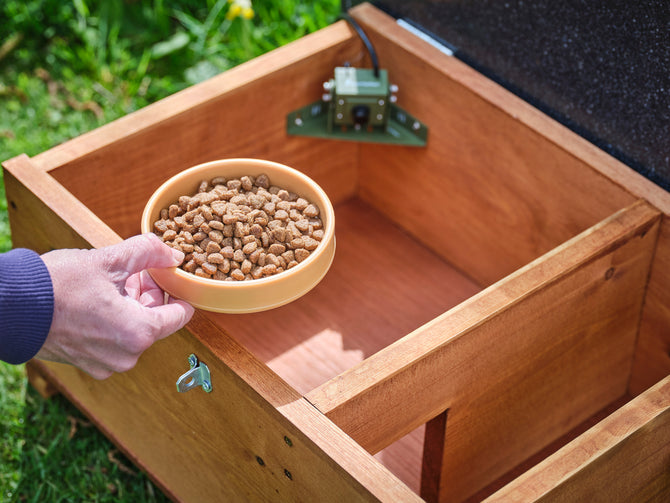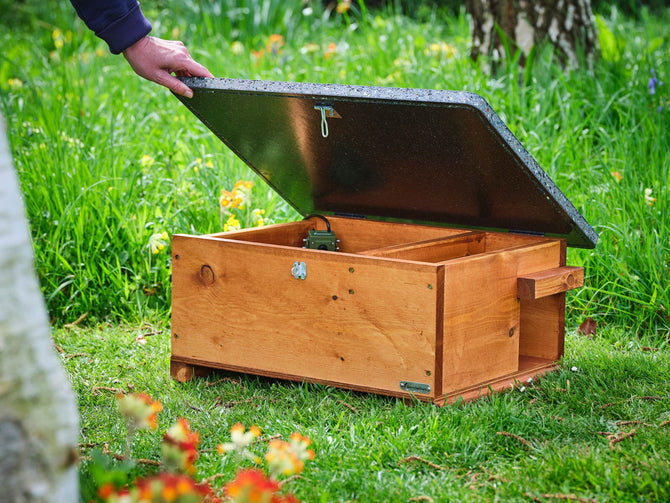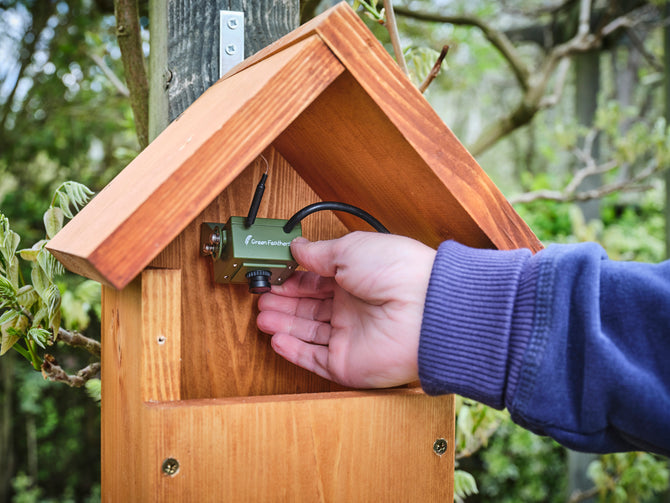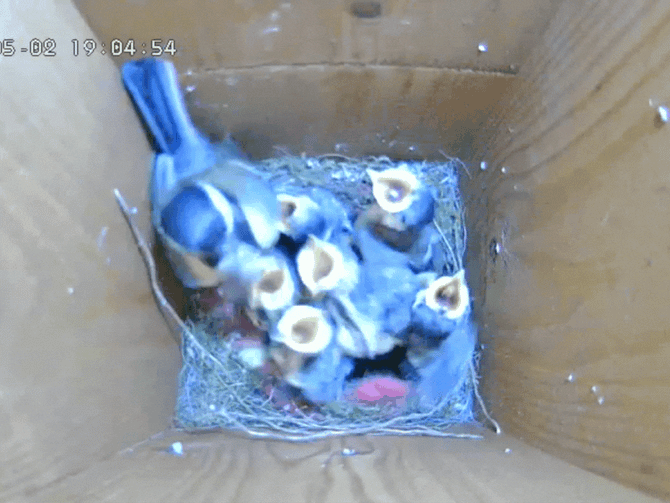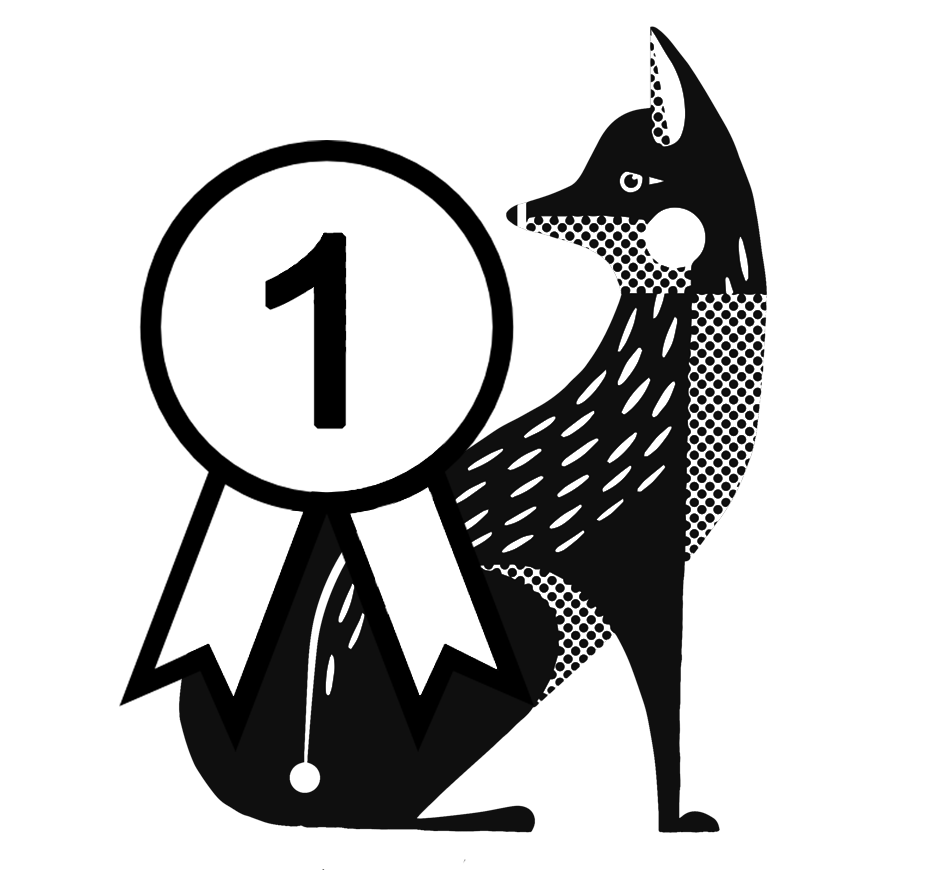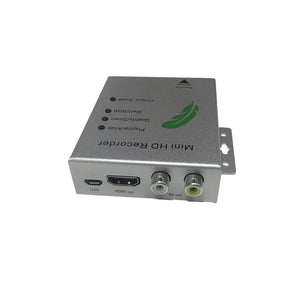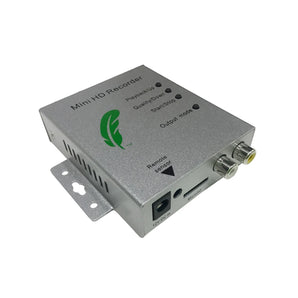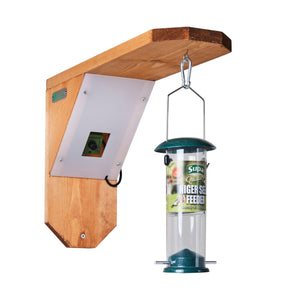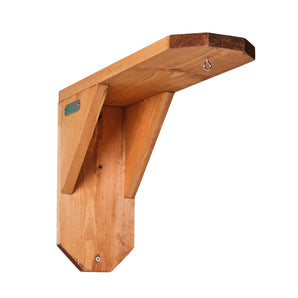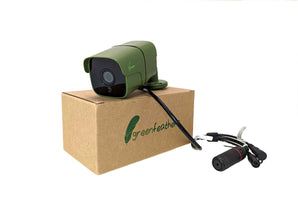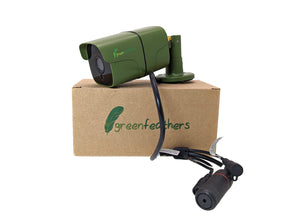When we think of insects, we often imagine them buzzing through the air or crawling across the ground. But beneath the surface of ponds, rivers, and even the open ocean, a whole cast of aquatic insects thrives—each uniquely adapted to life in water. From garden ponds in the UK to the vast expanse of the Pacific, these creatures are as diverse as they are essential.
UK’s Most Notable Aquatic Insects
🪲 Great Diving Beetle (Dytiscus marginalis)
One of the UK’s largest and most formidable aquatic insects, the great diving beetle is a sleek, blackish-green predator found in ponds and slow-moving waters. Adults can grow up to 3 cm long and are powerful swimmers, using their hind legs like oars and carrying air bubbles under their wing cases to breath.

Its larvae, sometimes called “water tigers,” are equally fearsome, armed with large jaws and a voracious appetite, they feed on tadpoles, small fish, and other invertebrates.
🐉 Dragonflies and Damselflies (Order: Odonata)

There are over 38 species of Dragonflies in the UK. A familiar summer sight, darting over ponds with iridescent wings. Their story begins underwater where they live as fierce, predatory larvae called nymphs.
Emperor Dragonfly (Anax imperator) - One of the largest dragonflies in the UK and Europe, they can fly backwards, upwards, and hover with precision. Fierce predators, they can feed on butterflies, other dragonflies, and flying insects, often caught mid-air by forming a “basket” with legs to catch prey in flight.
Banded Demoiselle (Calopteryx splendens) – This damselfly has a metallic blue-green body, with the males also featuring a distinctive dark blue-black band across each wing. This graceful insect found along slow-flowing rivers, streams, and canals with muddy or silty beds. Because they like banks with abundant vegetation their presence indicates a healthy, unpolluted freshwater ecosystem.
🪰 Caddisflies (Order: Trichoptera)

There are almost 200 species of caddisfly in the UK. Adults are hairy, moth-like insects but it is their aquatic larvae stage that they are better known for. Caddisfly larvae spin sticks, leaves stones and sand together with their waterproof silk to create cases to live in. Different species use different building materials and create their homes with different patterns and designs. Artists have even given caddisfly larvae gems and gold to make their cases from!
⛸️ Water Skaters (Family: Gerridae)
There are 10 species of pond skaters in the UK. These insects are the masters of surface tension. With water-repellent hairs on their legs, they literally walk on water. They live in ponds, lakes, and slow-moving streams, preying on small invertebrates, which they pierce with a needle-like beak. While they spend most of their time on water, they can also fly to colonize new ponds or evade predators.

Outside of the UK, water skaters are the only insect known to live entirely in marine environments. Members of the genus Halobates are found in tropical and subtropical marine habitats and round the world. When out at sea these “sea skaters” as they are known prey on zooplankton, dead floating insects and even dead jelly fish!
🦂 Water Scorpion (Nepa cinerea)
While these creatures are not true scorpions, they do have a similar appearance, with two pincer-like forelegs to grab prey and a tail called a ‘siphon’ that acts as a kind of snorkel to allow them to breath underwater. Water scorpions are formidable ambush predators that ait motionless for any tadpole, insect larvae or small fish to get in range of its raptorial forelegs. Water scorpions are also known as toe biters and and can chirp by rubbing its back legs against its body. Males do this to attract females outside of the water where they can also fly (although this is a rare occurrence!)

Cousins of our UK water scorpions in the family Belostomatidae are known as Giant Toe-biters which are among the largest and powerful aquatic insects on Earth. Some species can grow up to 12cm and will happily prey on fish, amphibians and even small turtles and snakes. They are called electric-light bugs in some parts of the world as they have a tendency to fly towards bright lights in large numbers.
From water skaters to dragonflies and crafty caddisfly larvae, ponds and streams are teeming with hidden wonders. These tiny creatures aren’t just fascinating—they help keep our freshwater habitats healthy and thriving. So next time you're near a pond or stream, take a closer look… you might be surprised by what’s living just beneath the surface!

